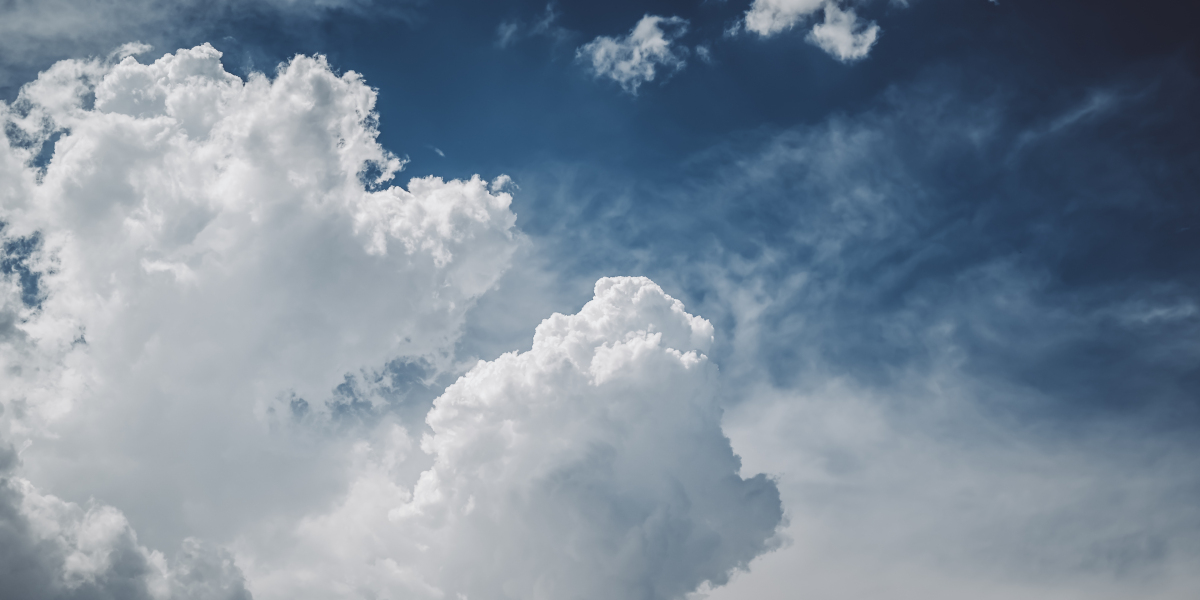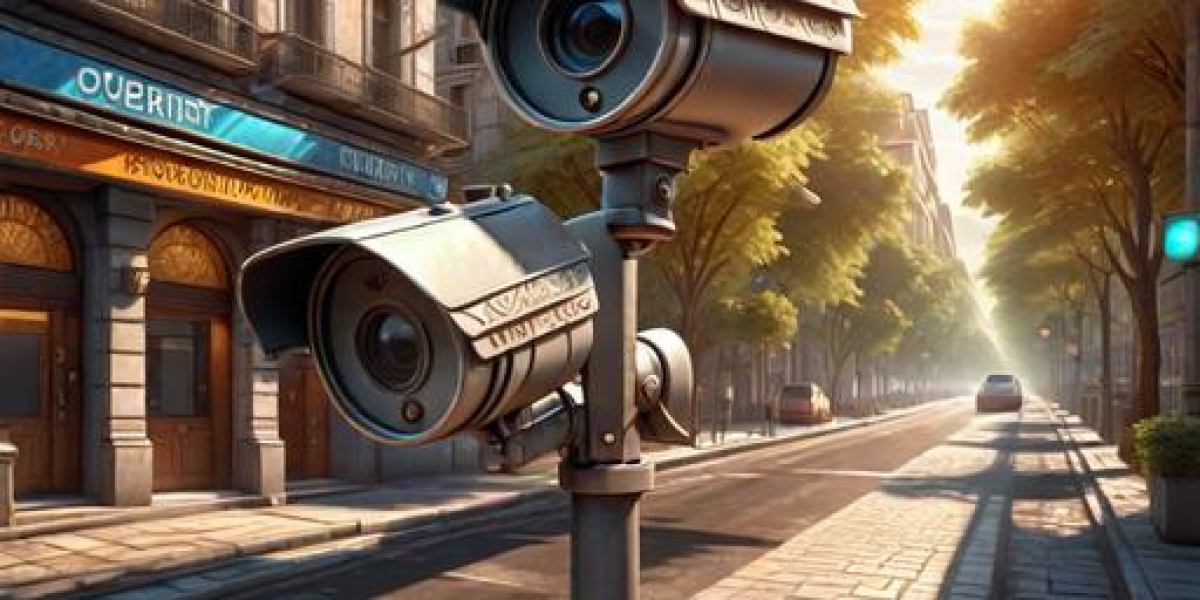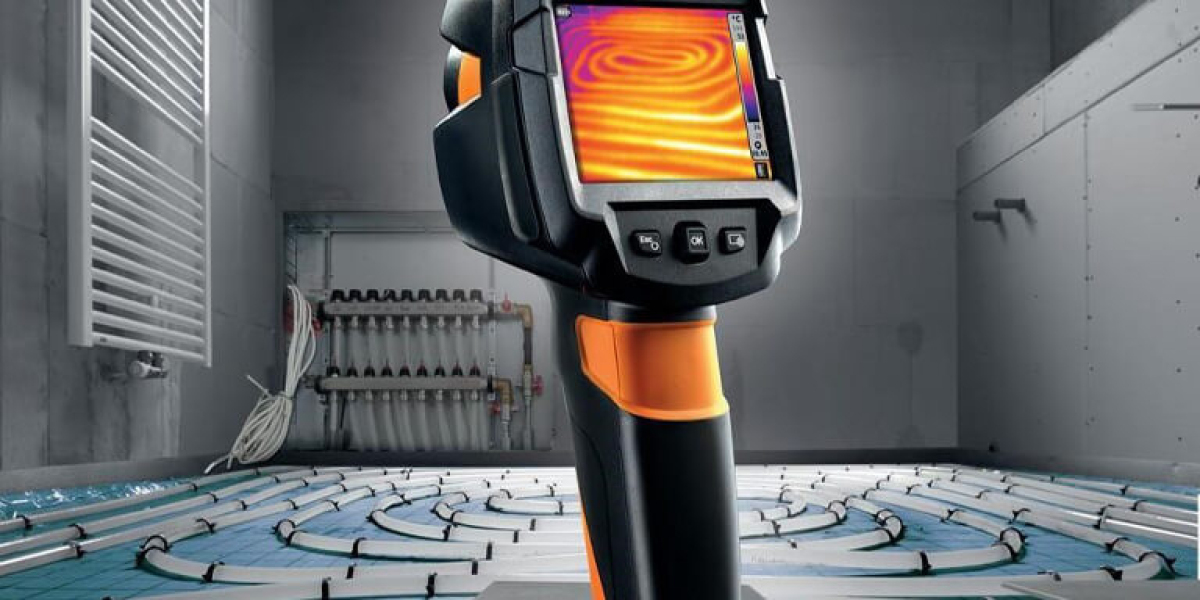In the ever-evolving landscape of filmmaking, motion tracking camera systems have emerged as a game-changer. These advanced systems not only enhance the quality of visual storytelling but also streamline the production process. But what exactly are motion tracking camera systems, and how are they reshaping the future of filmmaking?

Understanding Motion Tracking Camera Systems
Motion tracking camera systems utilize sophisticated technology to follow and capture moving subjects with precision. By employing sensors and algorithms, these systems can adjust the camera's position and angle in real-time, ensuring that the subject remains in focus. This capability is particularly beneficial in dynamic shooting environments, where traditional camera setups may struggle to keep up.
Key Features of Motion Tracking Camera Systems
- Real-Time Tracking: These systems can instantly adjust to the movement of subjects, providing seamless footage.
- Enhanced Stability: Motion tracking technology minimizes camera shake, resulting in smoother shots.
- Versatile Applications: From action scenes to documentary filmmaking, these systems are adaptable to various genres.
- Integration with CGI: They allow for easier integration of computer-generated imagery, enhancing visual effects.
The Impact on Filmmaking Techniques
As filmmakers increasingly adopt motion tracking camera systems, traditional techniques are being redefined. For instance, consider how these systems facilitate complex shots that were once deemed too challenging. With the ability to track multiple subjects simultaneously, directors can create intricate scenes that captivate audiences.
Moreover, the use of motion tracking can significantly reduce the time spent in post-production. By capturing precise movements during filming, editors can seamlessly integrate visual effects and animations, resulting in a more efficient workflow. This efficiency not only saves time but also reduces costs, making high-quality filmmaking more accessible.
Choosing the Right Motion Tracking Camera System
When selecting a motion tracking camera system, filmmakers should consider several factors:
- Camera Compatibility: Ensure that the system is compatible with your existing camera equipment.
- Tracking Accuracy: Look for systems that offer high precision in tracking moving subjects.
- User-Friendly Interface: A system that is easy to operate can significantly enhance the filming experience.
- Budget: Evaluate the cost versus the features offered to find the best fit for your production needs.
For those interested in exploring advanced options, the  is a noteworthy choice that combines cutting-edge technology with user-friendly features.
is a noteworthy choice that combines cutting-edge technology with user-friendly features.
Conclusion: The Future is Bright
In conclusion, motion tracking camera systems are not just a trend; they represent the future of filmmaking. By enhancing the quality of production and providing filmmakers with unprecedented control over their shots, these systems are paving the way for innovative storytelling. As technology continues to advance, we can only anticipate even more exciting developments in the realm of motion tracking and filmmaking.








